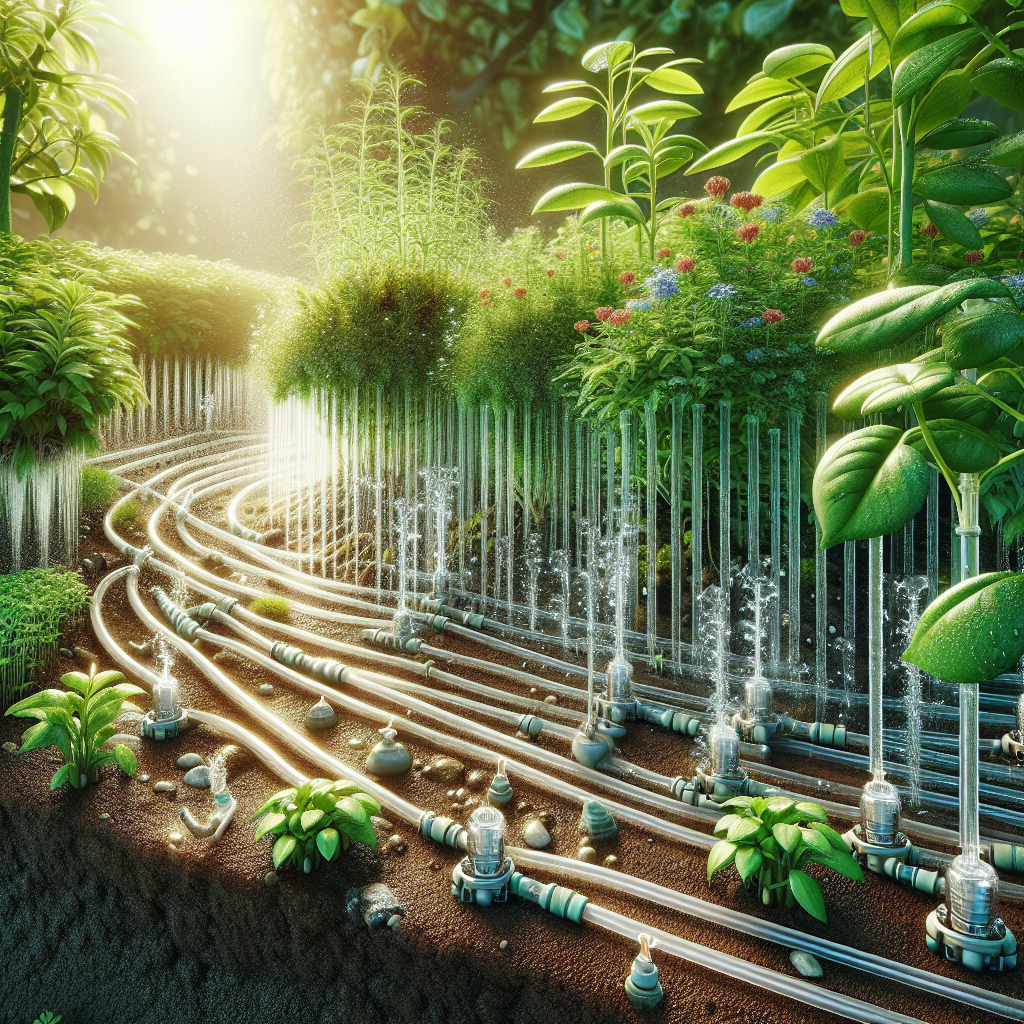Introduction
Irrigation is a vital component of modern agriculture, ensuring crops receive the necessary amount of water for optimal growth and yield. While there are various irrigation techniques available, slow drip irrigation has gained popularity in recent years due to its numerous benefits. This article will explore the advantages of slow drip irrigation techniques and how they can improve crop productivity while conserving water resources.
1. Water Conservation
One of the primary benefits of slow drip irrigation techniques is water conservation. Unlike traditional flood or overhead sprinkler systems, which can result in significant water loss due to evaporation or runoff, slow drip irrigation delivers water directly to the roots of plants in a controlled manner. This targeted approach ensures that water is used efficiently and reduces wastage, ultimately leading to significant savings in water usage.
2. Improved Plant Health
Slow drip irrigation promotes healthier plant growth by delivering water and nutrients directly to the root zone where they are needed most. This controlled watering method eliminates over-watering, which can lead to root rot and other diseases, while also preventing under-watering that can stunt plant growth. By providing a consistent supply of moisture to plants, slow drip irrigation helps them thrive and produce higher yields.
3. Reduced Weed Growth
Traditional irrigation methods such as flood or overhead sprinklers can inadvertently promote weed growth by spreading seeds across the soil surface. Slow drip irrigation minimizes weed growth by targeting water only to the root zone of plants, depriving weeds of the moisture they need to germinate and thrive. This reduction in weed competition not only benefits crop health but also reduces the need for chemical herbicides.
4. Soil Erosion Prevention
Another advantage of slow drip irrigation techniques is their ability to prevent soil erosion caused by heavy rainfall or runoff from traditional watering methods. By delivering water directly to the root zone at a slow and steady pace, slow drip irrigation allows the soil to absorb moisture gradually without washing away valuable topsoil. This helps maintain soil structure and fertility, ensuring long-term sustainability for agricultural practices.
5. Energy Savings
Slow drip irrigation requires less energy compared to traditional watering systems such as sprinklers or flood irrigation, which often rely on pumps or mechanical components for operation. The low-pressure delivery of water in slow drip systems reduces energy consumption, making them more cost-effective and environmentally friendly. Additionally, with reduced evaporation losses and improved water distribution efficiency, farmers can save on pumping costs and overall energy usage.
6. Flexibility and Precision
Slow drip irrigation offers farmers greater flexibility in managing their watering schedules and adjusting water application rates based on specific crop needs. By using drippers or emitters placed strategically along the irrigation lines, growers can control the flow rate and duration of watering for each plant or crop row individually. This precision allows for customized watering regimes that optimize plant growth while minimizing resource waste.
7. Enhanced Nutrient Uptake
In addition to providing water directly to plant roots, slow drip irrigation facilitates better nutrient uptake by creating an ideal environment for root development. The consistent moisture levels maintained by this method promote healthy root growth, enabling plants to access essential nutrients present in the soil more effectively. As a result, crops grown with slow drip irrigation techniques often exhibit improved nutrient uptake efficiency and overall productivity.
Conclusion
Slow drip irrigation techniques offer numerous advantages for agricultural operations seeking efficient use of resources while maximizing crop yields. From conserving water and promoting plant health to reducing weed growth and preventing soil erosion, this method provides a sustainable solution for modern farming practices. By harnessing the benefits of slow drip irrigation systems, farmers can achieve higher profitability, environmental stewardship, and long-term sustainability in their operations.













